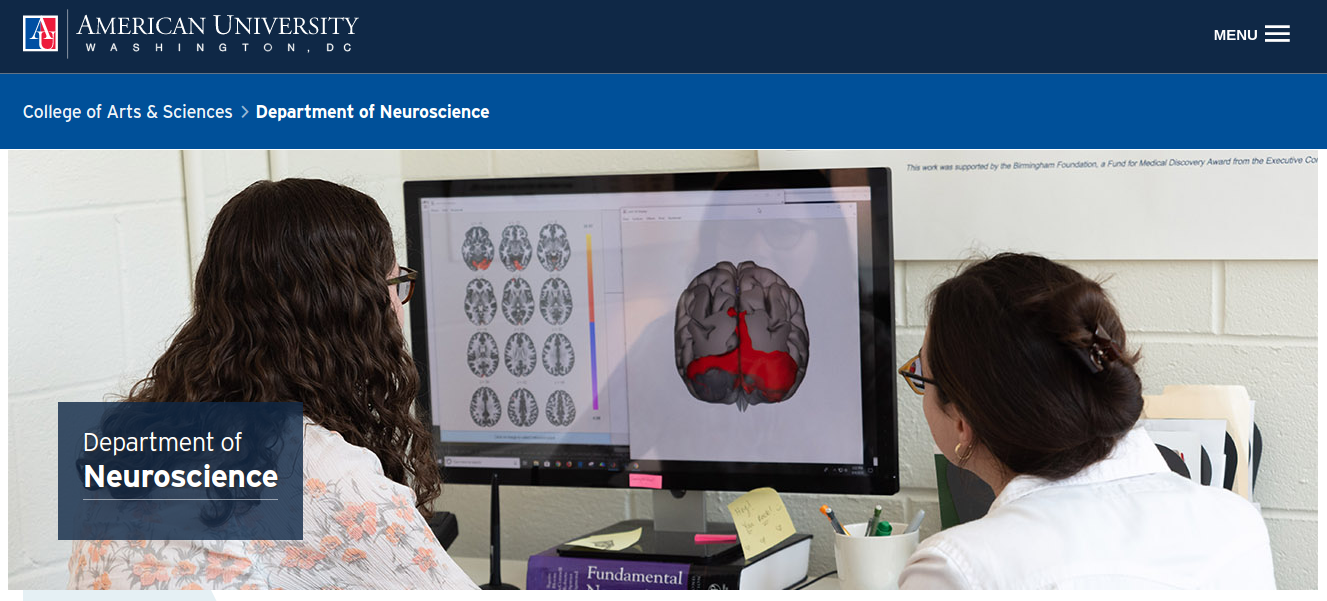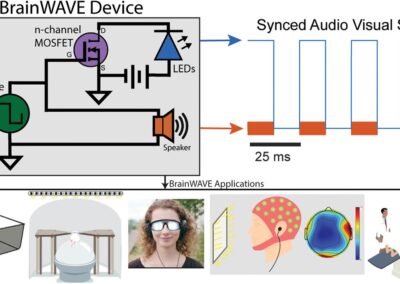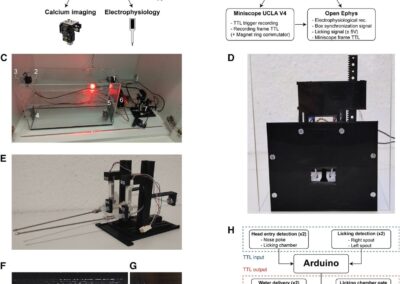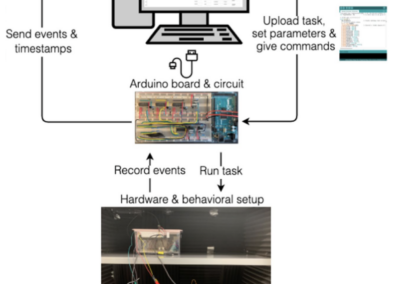Visual Discrimination with an iPad
In 2013, Kenneth Leising and colleagues from the Department of Psychology at the Texas Christian University published a series of visual discrimination experiments with rats using iPads as a cost-effective alternative touchscreen tool to use for behavioral experiments.
Touchscreens are an easy to use and desired tool when testing subjects with visual stimuli because of the technology’s ease of use and flexibility to display a desired outcome. Though most behavioral scientists currently rely on touchscreen technology to carry out experiments, many commercial touchscreen platforms and software packages can be costly and are limited in flexibility due to some test chamber configurations. Multiple visual discrimination learning experiments for rats have been done using both infrared and pressure sensitive touchscreens, but the software for these touchscreen apparatuses can again limit the flexibility of experimenters when designing visual stimuli. Through this experiment, Leising and colleagues validated the use of an iPad 2 for presenting visual stimuli as a cost appropriate and viable option for performing visual discrimination experiments.
For this experiment, the iPad apparatus set up consisted of a four-wall operant chamber, a remote desktop program, a Visual Basic 6 software, and a single wireless iPad. The wireless iPad allows for flexibility in setups. During the 3 experiments performed, visual discrimination stimuli, in the form of 2D patterns, were shown to provoke interactive responses in the rats with the images. Testing the rat’s ability to learn visual discrimination allowed the researchers to understand and validate the effectiveness and use of the iPad apparatus and software. The results concluded that the iPad 2 is a viable and more cost-effective tool in comparison to other expensive touchscreen software packages and apparatuses.
This research tool was created by your colleagues. Please acknowledge the Principal Investigator, cite the article in which the tool was described, and include an RRID in the Materials and Methods of your future publications. RRID:SCR_021593
Read the publication!
Read more about this project in the 2013 Behaviour Processes publication!
Thanks Sofia!
This project summary is a part of the collection from neuroscience undergraduate students in the Computational Methods course at American University.
Check out projects similar to this!







